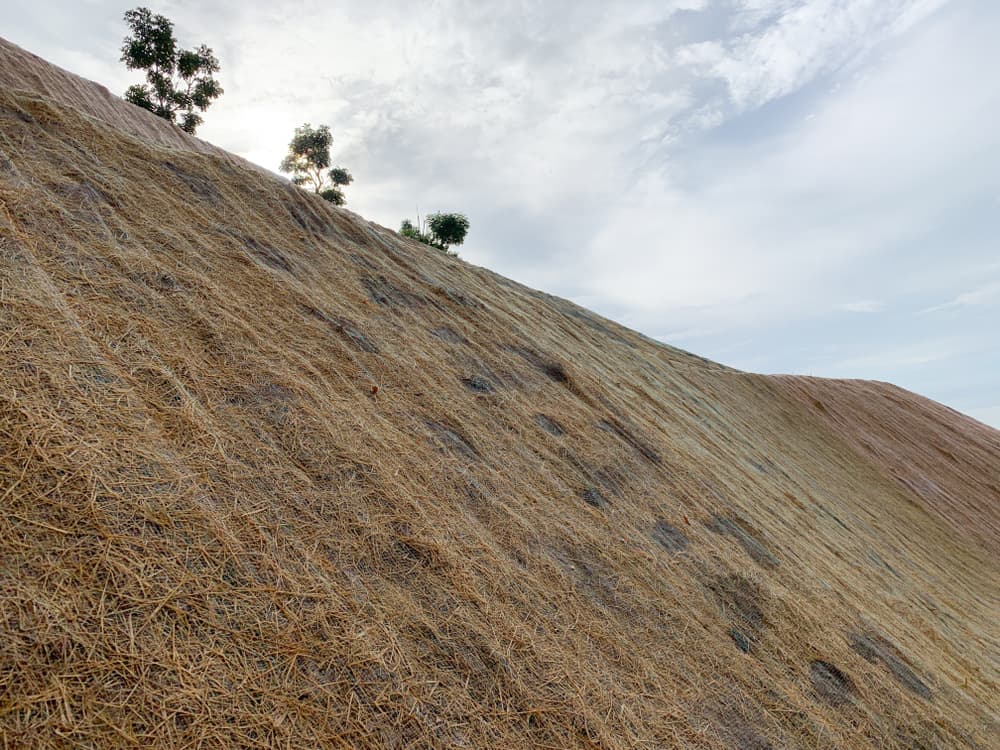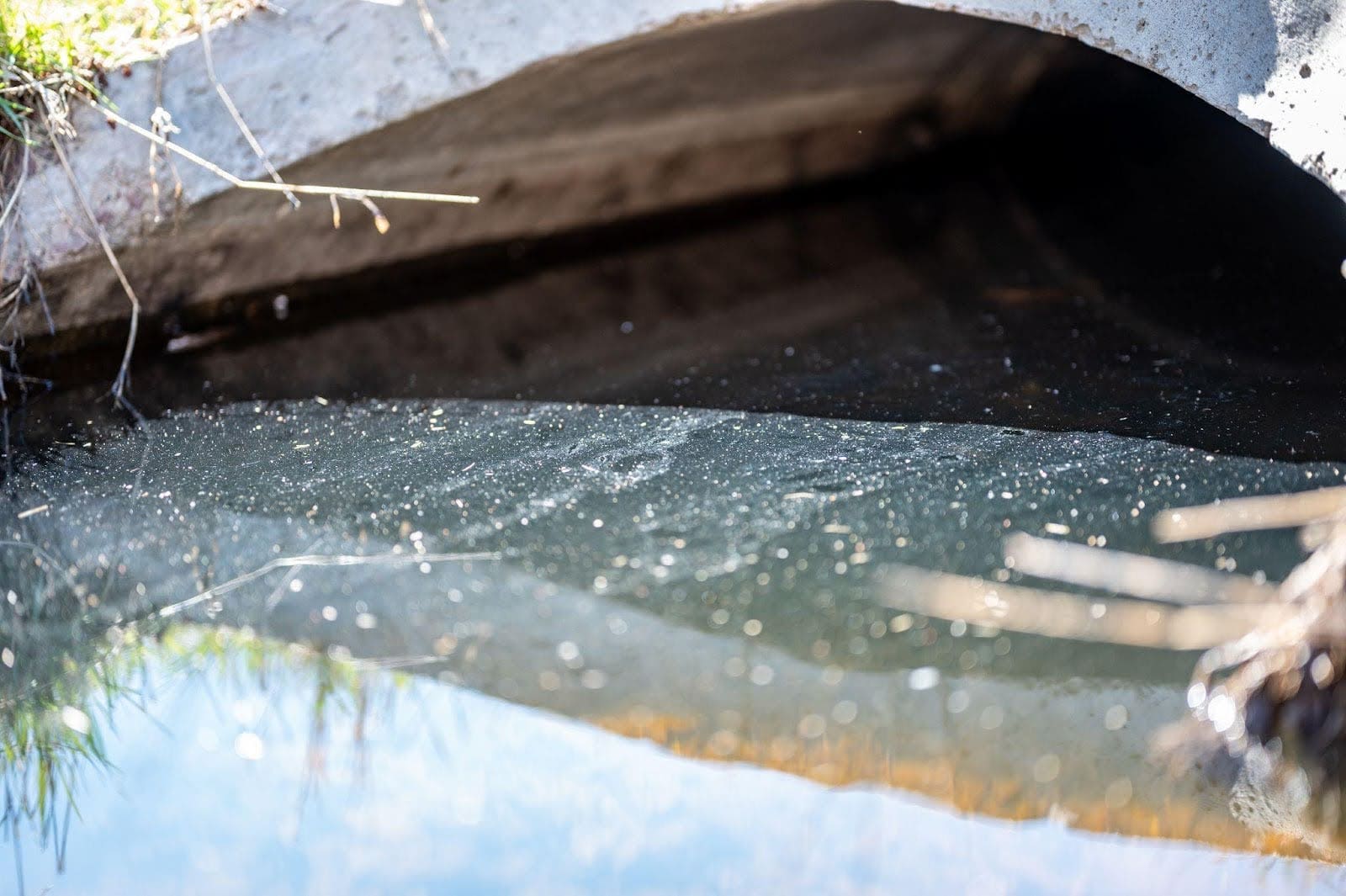In part one of this blog we covered the three first steps to create a SWPPP:
- Understand specific plan requirements and documents
- Start with site assessment and planning
- Determine erosion and sediment control BMPs
Now we’ll discuss some additional information to include in your plan, as well as two critical process steps to ensure compliance.
Step 4: Inspections, Maintenance & Recordkeeping
In Step 3 we covered the importance of identifying the effective control measures for erosion and sediment (BMPs), which help prevent pollution from runoff and other conditions at the site. Next you have to document how you will make sure those BMPs are followed and enforced. You must also make sure everyone on the site follows your erosion and sediment control BMPs with:
- Spot inspections – quick checks of areas that might need more attention, such as nearby streets and areas around the construction entrance
- Informal inspections – additional reviews of the site (not part of normal inspection requirements)
- Formal inspections – permits require a certain number of formal, documented inspections; if you identify a problem you also need to document it
Include information about who the inspector will be. It should be someone qualified to understand erosion control who is on the site regularly.
You must keep a record of all the formal (required) inspections, including:
- Date, inspector name and qualifications
- Weather information prior to and during inspection
- Evidence of previous or ongoing discharge or sediment
- BMPs analysis – required maintenance, evidence of inadequate erosion control, need for more BMPs
- Corrective action for current erosion controls that aren’t working
- Follow up on past corrective actions (if any)
Note in your plan important details about your recordkeeping, including who will oversee inspections, maintenance, and recordkeeping at your site. If you are ever audited, you must produce all your inspection reports, a copy of the SWPPP, and any other information related to stormwater prevention (corrective actions, weather conditions, correspondence, etc.).
Step 5: Write Your SWPPP
This is a pretty straightforward step, but once you get all the information you need, you have to write a formal plan. If you have never done it before, you can find templates online that will help you organize all the required information, or contact Erosion Control Services for help. Be detailed and thorough in your plan to avoid any issues later.
Step 6: Implementation & Review
Now that your plan is written down, approved, and in place at the site, it’s critical that you train all your staff and subcontractors on what they must know to protect local wildlife, rivers, lakes, and coastal waters. It’s easier to train and implement good BMPs that prevent issues than try to correct problems later. Have signed agreements with any subcontractors to abide by the SWPPP so they understand their role and their liability if they don’t follow the plan.
Finally, it’s important to remember that even though the SWPPP is a single document that you turn in at the beginning of your construction project, it’s not the end of your erosion control efforts. As construction gets underway if you notice a problem, you can revisit any of the steps above to revise and update your plan according to new information.
For help with the entire process and to ensure you get your SWPPP right, contact Erosion Control Services today.



